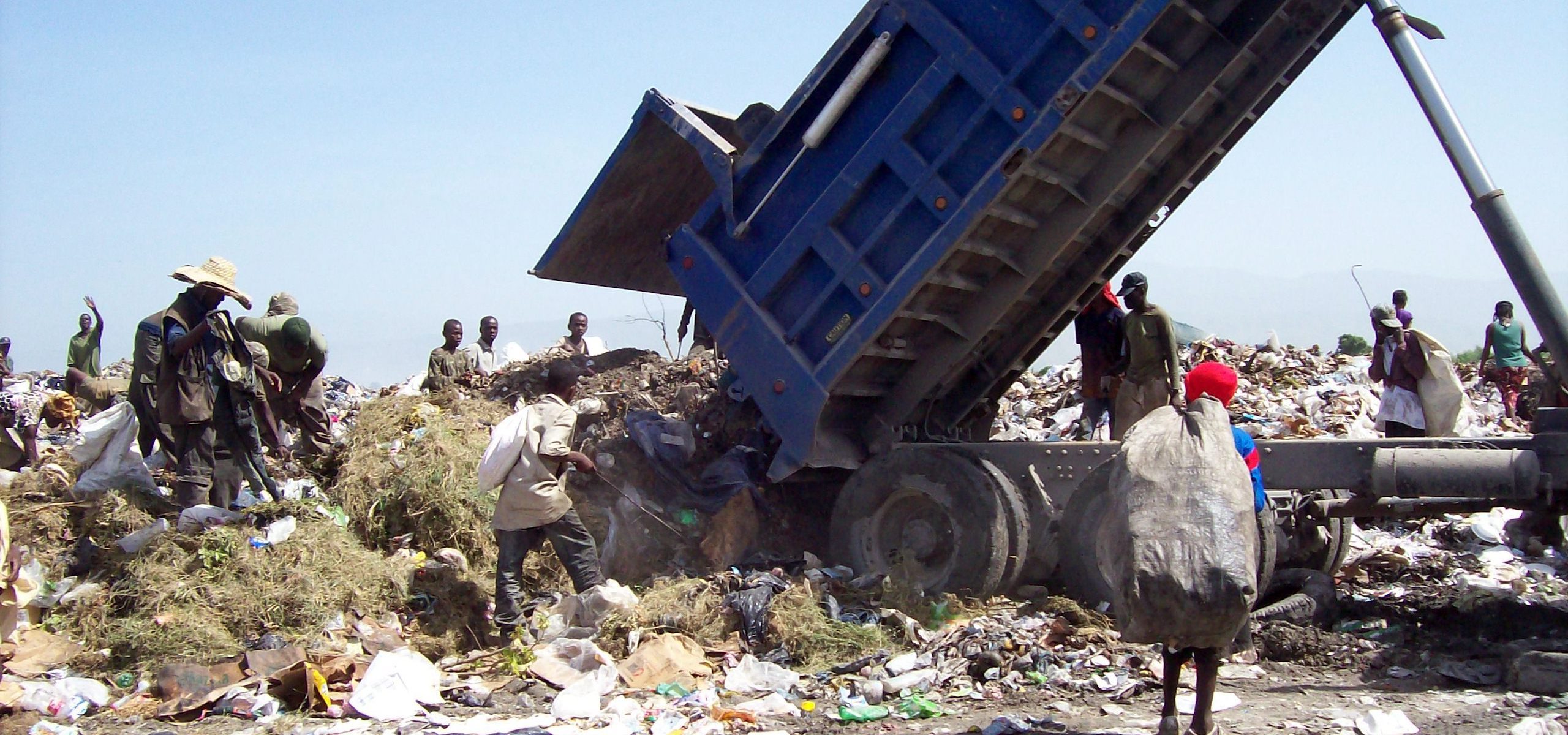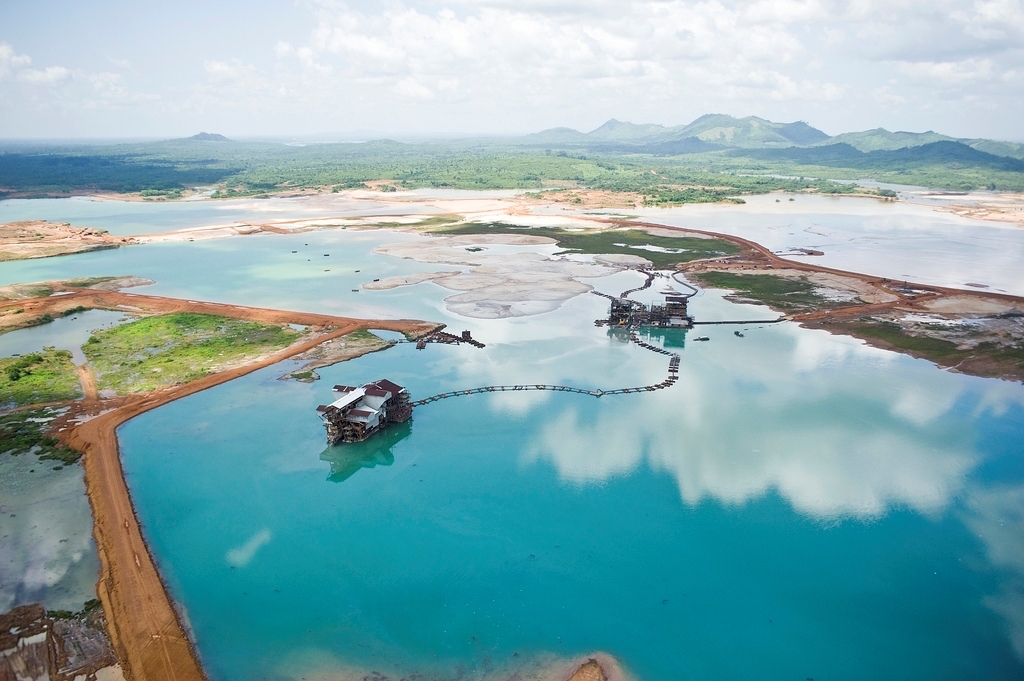Risk Awareness
Increasing awareness for the links between environmental risk and human well-being

Increasing awareness for the links between environmental risk and human well-being
Aerial view of the Kingfisher development area near Lake Albert, Uganda Finding substantial reserves of oil and natural gas can offer significant opportunities for the social, economic and political development of any country. However, without adequate environmental management, oil and gas operations can have lasting social and environmental…
The Early Warning Systems Toolkit is an information resource for sector practitioners, policy and decision makers which can assist in developing and/or strengthening early warning systems for hydro-meteorological and coastal hazards within the Caribbean context. The Toolkit is a compilation of guidance and operational documents in an online platform.
The course published by UN Environment and UNOCHA is available in English, French, Mandarin, Spanish and Russian, and raises awareness about industrial accidents in order to strengthen the capacity of government, industry and civil society representatives.
The Awareness and Preparedness for Emergencies at Local Level (APELL) Programme aims to reduce industrial risks at local level, raise awareness and build local capacity to respond to emergencies.
This brief published by the European Commission examines how the differences in perception between the public and the experts should be accounted for in risk management practices.
The INEE Minimum Standards Handbook is the only global tool that articulates the minimum level of educational quality and access in emergencies through to recovery. The environment is addressed throughout the publication.
This factsheet provides an overview of the UNEP/OCHA Joint Environment Unit's IKI Project, an inter-agency project which aims to strengthen climate change adaptation in target humanitarian hotspots. The project supports vulnerable communities, internally displaced people, refugees and host communities that face climate-related risks. The projects involves three implementing…
Download the two page annex here. Integrating environmental considerations…
IFRC's Public Awareness and Public Education for Disaster Risk Reduction "PAPE" provides guidance on risk communication.
A collection of resources and guidance on early warning systems provided by the Caribbean Disaster Emergency Management Agency (CDEMA).
Groupe URD is an independent institute which specializes in the analysis of practices and the development of policy for the humanitarian and post-crisis sectors. Their work includes guidance on cross-cutting issues such as aid quality, the environment, disaster risk reduction and more.
Norwegian Refugee Council (NRC) website on climate change and disasters…
CRiSTAL is a project-planning tool that helps users design activities that support climate adaptation at the community level.
Understanding the current and potential future environmental conditions of a region is essential for an efficient and sustainable response
Risk analysis provides a common understanding and prioritization of risks, and should include existing environmental conditions and threats
Addressing environment as part of preparedness planning lays the foundation for its integration into humanitarian action.
Policies supported by institutional frameworks and legal arrangements make up the disaster risk management framework. In order to systematically integrate environmental concerns in humanitarian action, one must consider the institutional arrangements governing disaster preparedness, response, recovery and emergency funding.
An understanding of evolving risks is fundamental to a timely and effective response. The analysis of disaster risks informs the planning of a response, while monitoring ensures that the process is responsive to changing contexts




